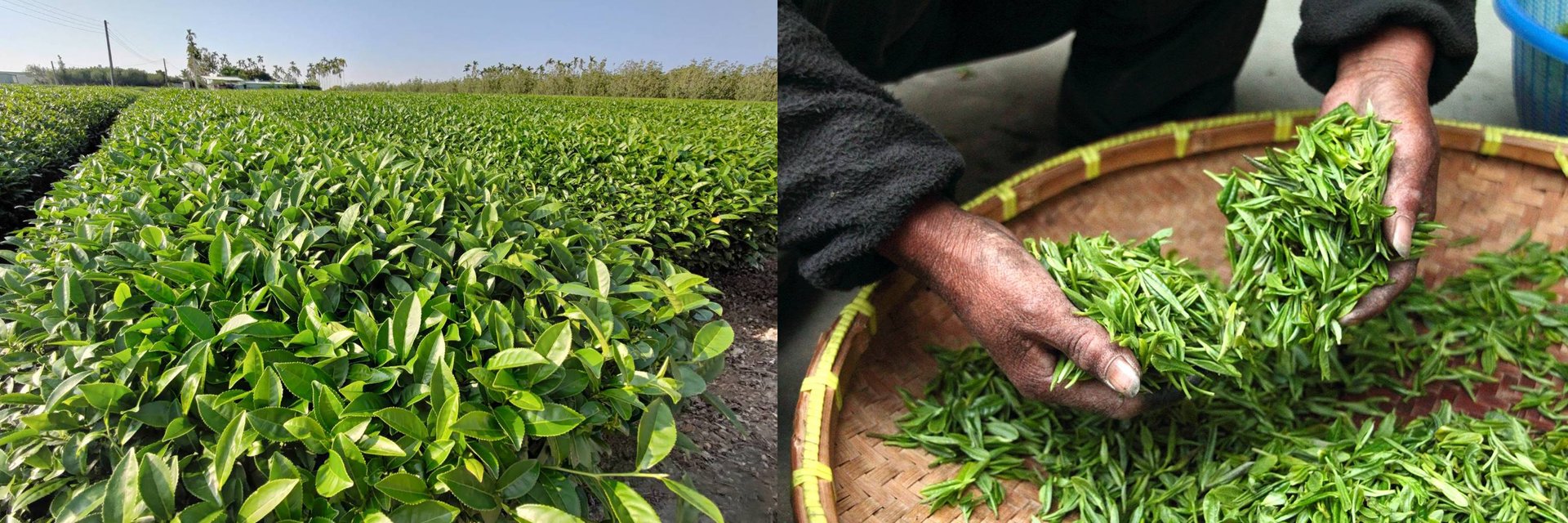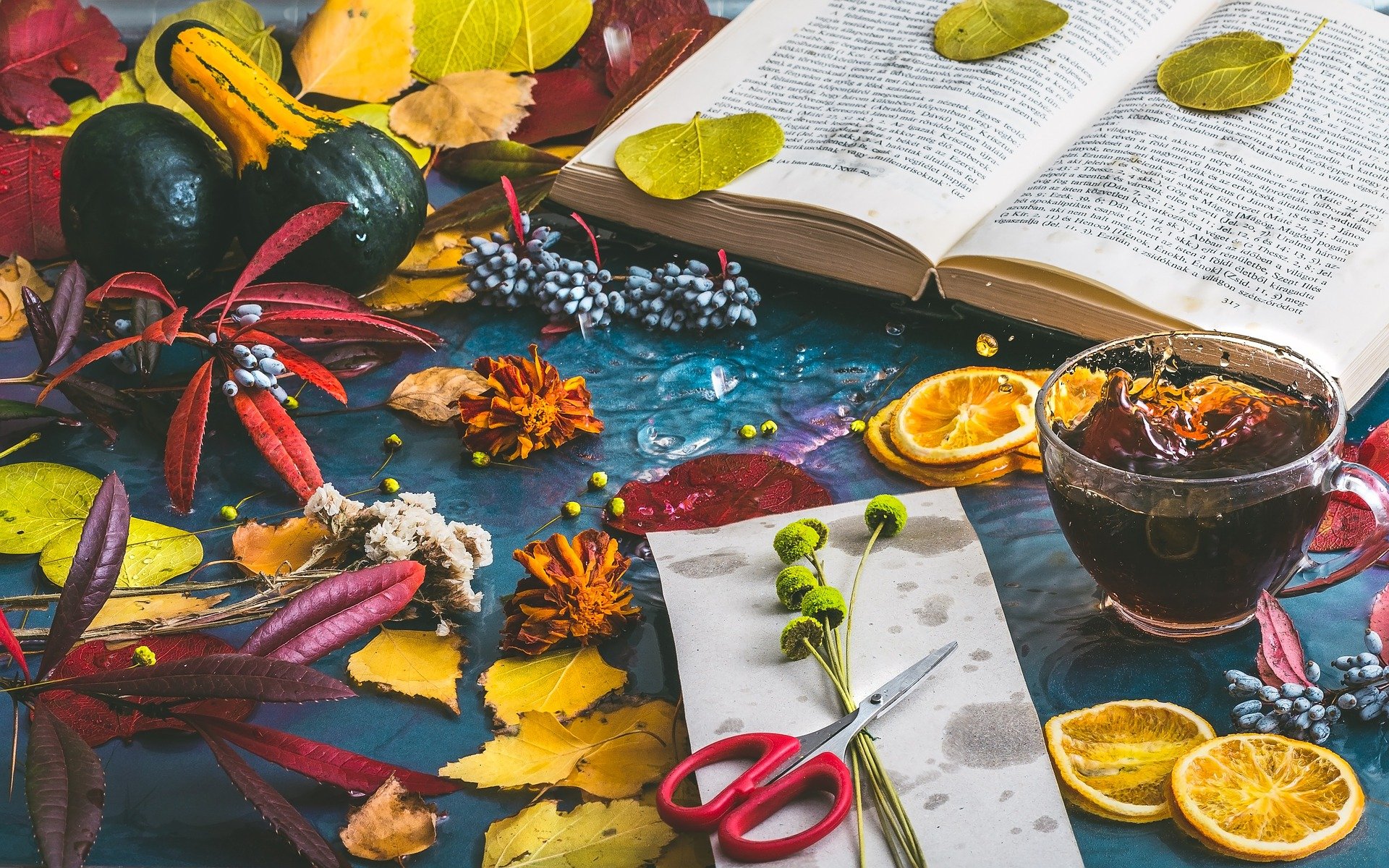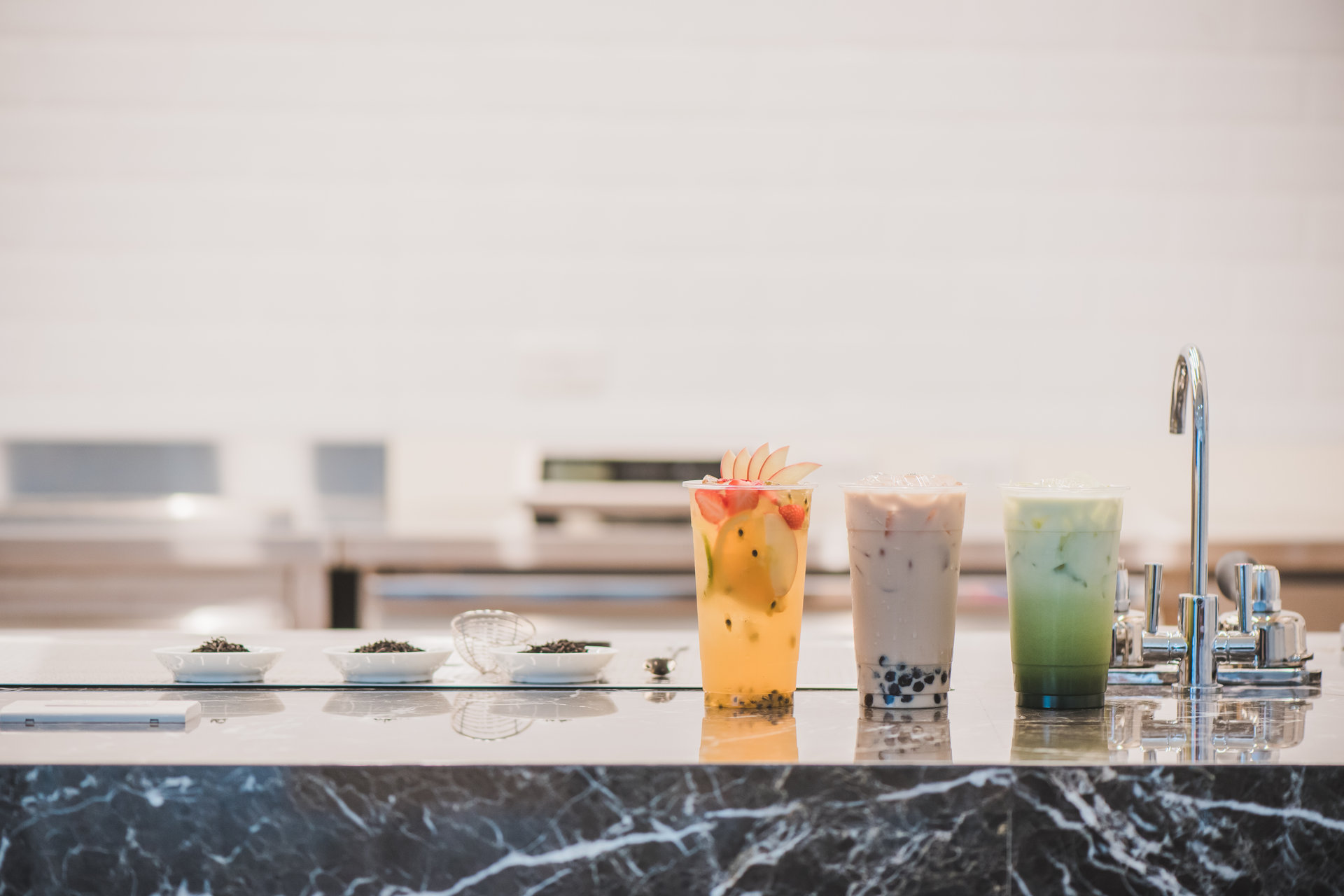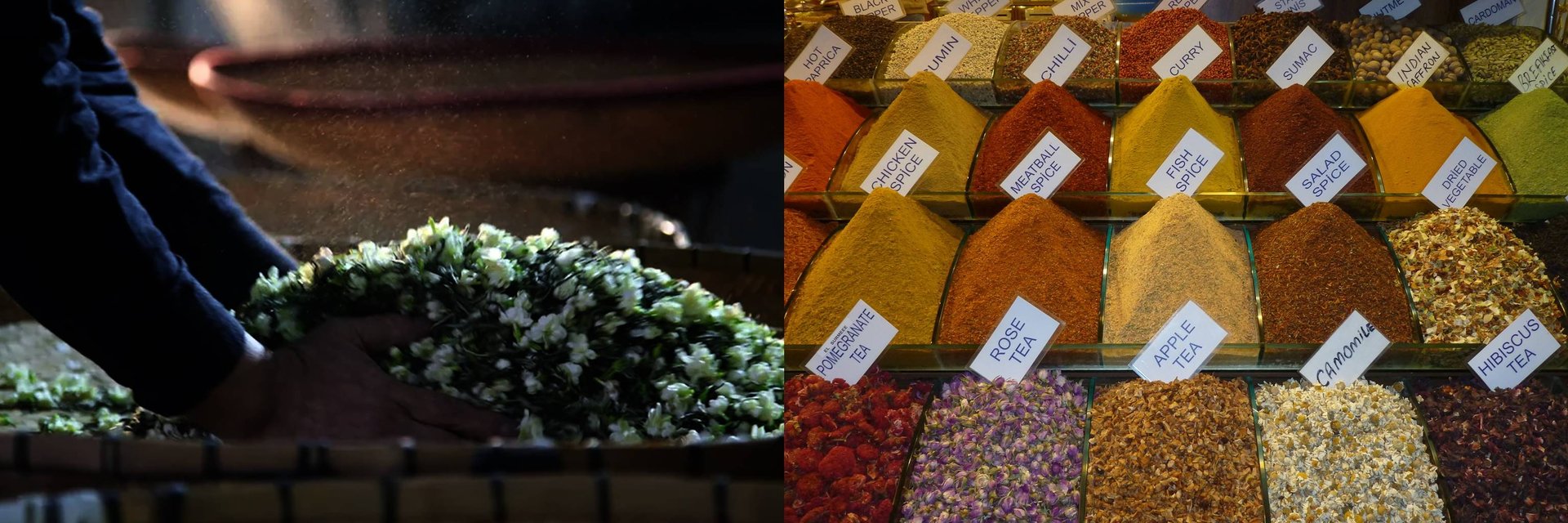Products
Products
Author: Lillian

The hand-shaken tea industry in Taiwan has prospered for more than 20 years and brands of hand-shaken tea have sprung up like mushrooms. In the aspect of drinks modulation, current brands no longer use 4 base teas (black tea, oolong, green tea and turquoise tea) with various syrups to modulate the tea flavor such as the common lemon black tea. As consumers begin to reduce sugar and seek for rich levels of flavors, the vendors begin to consider whether or not to change the base of the drinks [base tea] to create a difference among peers in addition to arranging various ingredients for mixing. Black teas with different place of origins have different aroma. For example, black tea from Sri Lanka has a special aroma, strength and pureness. The drinks made by teas provide distinct tastes for consumers due to their different flavors.

The formation of aroma depends on 25%~ 35% of [non-volatile oxidative products] in dry tea leaves combined with the complicated [volatile compound] of less than 0.1% in dry tea leaves. The glycoside of flavanones in non-volatile elements is the main ingredient that composes the tea aroma. However, the volatile ingredients and compositions are crucial for the tea to have a particular aroma. The tea cultivar, process, seasons and cultivation method will have an impact on the composition of aroma. Nevertheless, the [tea making technology] is the factor with the most significant impact since the focal point for the quality of partially fermented tea (oolong and turquoise tea) is based on the performance of aroma.

The volatile compound of tea can be classified to two categories of grassy and floral/fruity aromas. The grassy aroma is mainly due to the fatty acid oxidation in the tea while the floral and fruity aromas are created due to the various aromatic compounds generated by the oxidized catechin that resulted from the action of polyphenol oxidase during the tea making process.
Type of teas |
Common features of aroma |
|
Green tea |
Grassy, fragrance of vegetables |
|
Black tea |
Sweet, woody |
|
Oolong (Tongding, Tieh-Kuan-Yin) |
Roasted |
|
Turquoise tea (Paochong) |
Floral |
Is the jasmine flavor of jasmine green tea commonly seen in beverage shops cultivated?

In the aspect of tea aroma, in addition to the natural flavor due to the cultivating environment mentioned above, tea can form different scents by other methods of “tea scenting” and “spice blending.” For example: jasmine green tea (also called jasmine tea), the popular representative item of the Orient in a hand-shaken tea shop, is made by a craft named “tea scenting” which mixes the tea with the plucked jasmine so that the tea can absorb the flower fragrance in the water. Therefore, it is made of tea leaves that have absorbed the scent of the flower. Another Western classic spiced tea often seen in the café is the Earl Grey tea, which adopts the “spice blending” by mixing black tea with bergamot to generate the scent of citrus in the tea.

Generally, besides the difference in [environment factors], the method of [tea scenting or spice blending] may be used to create different aromas in teas to provide a better tasting experience for the consumer. The flavored tea introduced by Ta Chung Ho in 2021 is a type of tea with a unique aroma. In addition to being tasted alone, it can be used to make milk tea, fruit tea and develop exclusive sparkling tea when combined with sparkling water. You are welcome to check the introduction of flavored tea for more information.
參考資料: